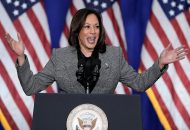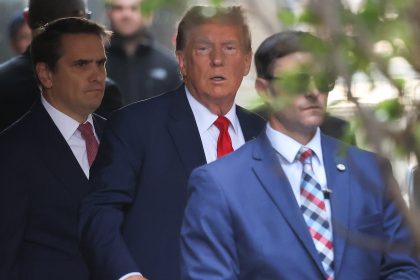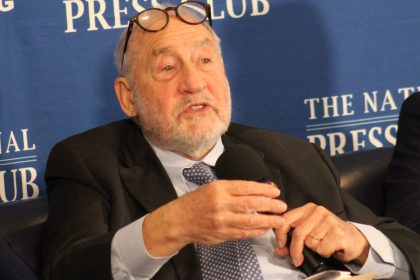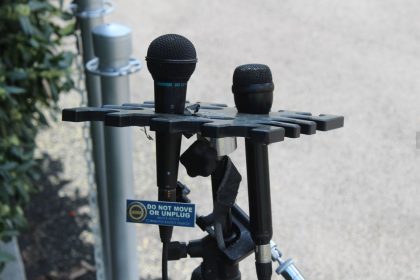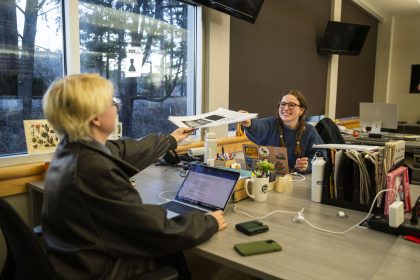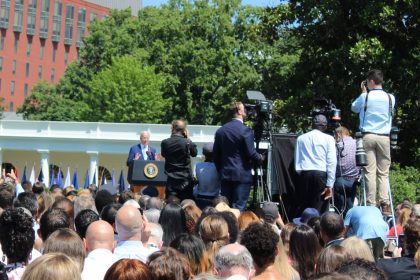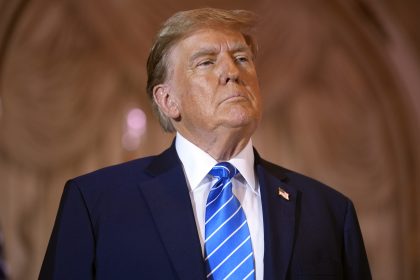New Coalition Seeks to Bridge Divide Between Media and Religion
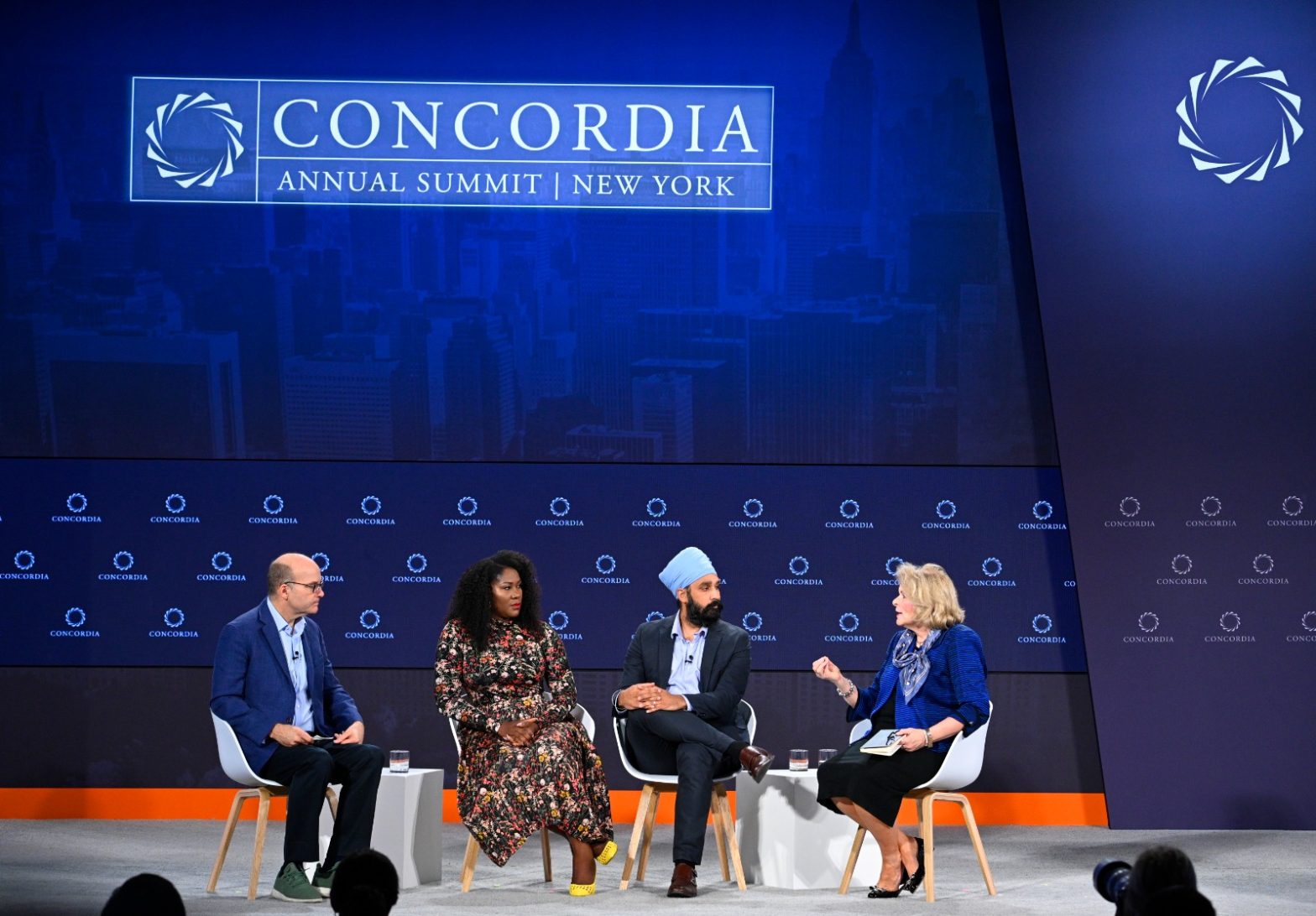
NEW YORK — Like a lot of subjects, the conversation around faith and community is a lot harder today than it was in the not-so-distant past.
In the bygone, pre-internet age, when local papers thrived, there was no question that faith and religion were going to figure in their pages.
Any small town prosperous enough to support its own newspaper would no doubt be home to numerous places of worship, and their “events” — the various fairs and festivals and talks they were a part of — were more often than not seen as “community” events that warranted coverage.
This was also the era when religion and faith pull outs were included among the sections of the local daily paper’s Sunday edition, alongside the arts and leisure and books and sports sections.
This was also the time when local radio and television programming was still viable and numerous markets had some version of a “God Squad” program on one of their channels, where priests, rabbis and sometimes a representative from a mosque would get together to answer questions from viewers and, more importantly, show that they really weren’t so different after all.
Today, however, the divide between faith and the media couldn’t be wider. As local news outlets have died, the space they once occupied, if filled at all, has been taken over by large conglomerates and hedge funds who think in terms of regions and nations, not counties and certainly not small towns.
And as larger, daily newspapers have tightened their belts, often the first coverage to be trimmed has been on the faith and religion beat. “No one is interested,” a publisher will say, citing data that shows organized religion in decline.
Blame it on the 60s or the divisiveness of contemporary, polarizing politics, the end result is we live in a nation, and a world for that matter, where the faith community and the media community see themselves as two, very distinct camps.
Which made it all the more extraordinary when the Faith and Media Initiative coalition was recently launched in New York at the Concordia Annual Summit, a gathering of global voices held each year alongside the United Nations General Assembly.
While essentially in town to introduce the mission of the loose but intense community of interfaith communicators, the Concordia Summit also allowed the members to unveil a first-of-its-kind global survey on the need for better representation and more nuanced coverage of diverse faith voices in the media.
That event, a panel discussion hosted by CNN contributor Mara Schiavocampo, was called “The Global Faith and Media Index: A Groundbreaking Study of the Attitudes and Perceptions.”
It shed light on the current media landscape as it relates to faith-based reporting through its new study with HarrisX, and offered solutions to close the gap between the faith and media sectors.
In the end the organizers hoped they’d laid the groundwork for healing divisions between faith and media communities and built a bridge to promote faith fluency and a more balanced representation of the role faith plays in people’s lives.
“I think there were three things that brought us together before Concordia,” said Aaron Sherinian, a founder of the Faith and Media Initiative, when The Well News caught up with him a few days later.
“First, you had the fact that the media, as an industry, and journalists, as its practitioners, are in a process of transforming and reinventing themselves,” he said. “Second, you had members of the faith community asking, ‘How do we talk about ourselves in an era of distrust and misinformation, and one in which some people are trying to take the faith banner and run with it for extremist agendas?’
“And along with all this, you’ve got all this talk going on in the ecosystem … the zeitgeist … the public conversation … whatever you want to call it … about the erosion of trust in society.”
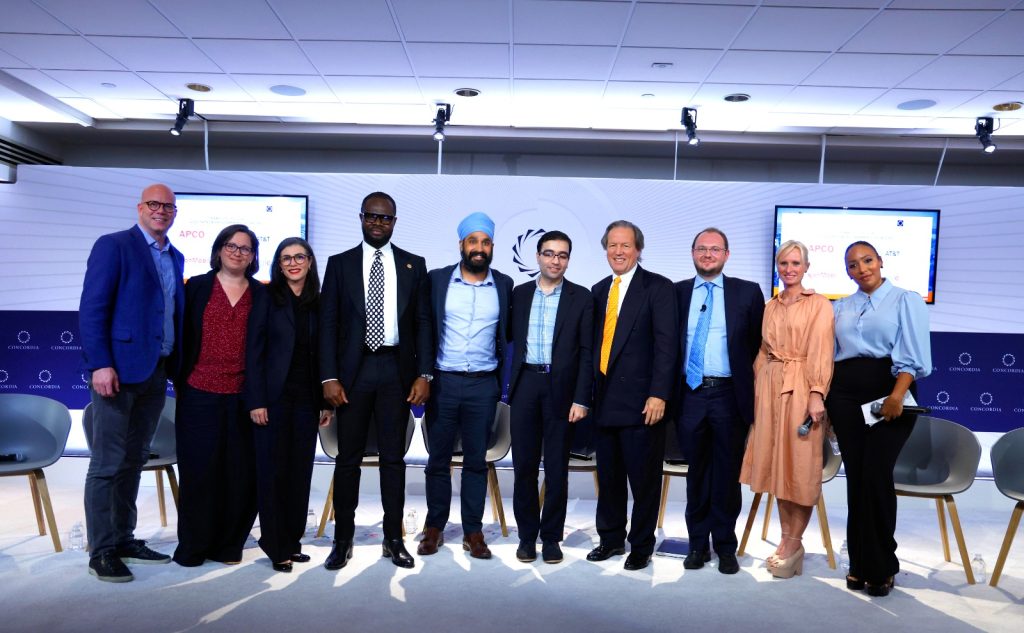
An enthusiastic talker, Sherinian went on to explain these three factors fueled a series of conversations and that the participants — almost all of whom are now charter members of the initiative — realized the seemingly disparate events didn’t have to be as siloed as they appeared.
“Maybe,” they began to tell themselves, “this erosion of trust in society in general is a byproduct of the distance that’s grown between media and the faith community.
“Maybe right now is exactly the right time to do some hard thinking about how faith shows up or doesn’t show up in reporting.”
And it was exactly at that moment they realized the time had come to collect some real, current data to back up their hypotheticals.
The Survey
Once the initiative coalesced into something closer to an organization, it called on New York City-based HarrisX, which proudly proclaimed itself the “most accurate pollster of the 2020 presidential election cycle,” to conduct a global survey on religion and faith and their intersection with the media.
By the time HarrisX was ready to compile its work into a finished product, it had surveyed 9,489 people in 18 countries, done so in five languages, and conducted 30 in-depth follow-up interviews.
The first-of-its-kind research found:
- Journalists feel coverage of faith and religion is poor, inconsistent and becoming more marginalized.
- Journalists feel fear about getting religious coverage right, especially in largely secular newsrooms.
- Faith and religion aren’t seen as a driver for reader engagement.
- Religious stories aren’t seen as a good fit for hard news except in times of controversy, dissent or scandal.
- Media respondents said reduced budgets have led to a lack of specialist journalists, leaving generalists to cover topics — including faith and religion.
Respondents outside the media said:
- They think the media actively ignores religion rather than appropriately addressing it.
- Many — 43% — feel the media’s current approach to faith-related coverage creates unease and anxiety.
- 61% said the media perpetuates faith-based stereotypes rather than addressing and protecting against them.
At the same time:
- A majority — 63% — said that high-quality content on faith and religion is needed in the 18 countries surveyed.
- 78% think that religious stereotypes should get the same or more attention as race and gender stereotypes.
- There was strong agreement (84%) that faith and religious groups need to provide the media with spokespeople.
Overall:
- 82% of those surveyed identified themselves as a religious or spiritual person.
- 74% ascribed to a specific religion.
- 72% believe in God or other deities.
- 35% identified as a person of faith.
- 31% identified as generally religious.
- 27% identified as spiritual.
“So by the time we got to Concordia, we were a group of like-minded individuals, some ‘experts,’ others not, who came together, armed with this data and said, ‘Let’s talk about this,’” Sherinian said.
“It’s not that we want the religious community or the media to give up their very unique roles in society. We’re not asking anyone to cross an inappropriate line,” he said.
“We’re just looking at the data and considering the possibility that maybe there are some walls that have been built up that aren’t firewalls, but rather are just walls that are based on distrust, misunderstanding and, frankly, lack of access,” Sherinian continued.
“I mean, we agree that there are firewalls that are important; at [the] same time, however, there are some that maybe we need to take a hard look at,” he said.
Sherinian credited Lindsay Singleton, managing director of ROKK Solutions, for bringing other organizations into the fold and helping them communicate with each other before the launch of the data.
“The thing about this data is it’s not just an aggregation of other people’s research repurposed for ease of use on your desktop, this is actual attitudinal, behavioral research, in which we asked thousands of people worldwide, both journalists and media consumers, things like, ‘Do you think there’s enough God-centered spirituality or faith or religion in your news stream?’ If not, ‘Would you favor it?’ ‘Would you think more highly of a news organization that presented more of it?’ ‘Would you be willing to pay for it?’” he said.
Is the Religion Beat Dead?
One of the key questions the survey attempted to answer right from the start was, is the religion beat dead?
“Many people in news organizations will say, ‘Well, that was the first thing that went when we had to defund stuff,’” Sherinian said. “But the larger question that question raises is, ‘Is religion really a separate beat?’
“And what we found is that there were many communities — some were minority communities in their respective countries, some were just communities that felt left out of the mainstream — who said, ‘No, it’s not a separate beat.’
“Their response was, ‘Wait a minute. If you really want to be inclusive and you’re reporting about my community, my demographic, my … whatever it is … how can you not talk about or write about how we show up in faith? Or how we show up in the pews? That’s how we show up as part of our community.’
“And at the same time they said the way different people in their respective communities practice their faith reveals something else about them — that communities are not monolithic, that the people within them are different, nuanced. So to those respondents, the response was, regardless of the beat, why wouldn’t you report on that part of it?” Sherinian said.
“Fifty-nine percent of the public respondents said they feel that when faith gets covered at all, it’s only being done in very broad strokes,” he said. “And they went on to say, ‘Give me more nuance; don’t paint everybody into a box.’
“They said, ‘You wouldn’t do it for race, gender or sexual identity — please don’t do it in regard to religion.’ And they’re not blaming anybody. They’re saying, ‘We’re smarter than you give us credit for … give us more of this content and make it richer, more interesting, more true to how we experience it.’”
As for the reporters who took part in the survey, Sherinian said that for many, the greatest concern they had about religion and their work was a concern over making mistakes.
Of those that expressed a concern about getting the religious aspect of a story wrong, a sizable subgroup said they thought some kind of basic training on covering faith — something largely unavailable to them — should be part of their overall training as professionals.
“That was very interesting,” he said. “All of these people worked in environments that feel very secular, and a majority said a lack of confidence was the biggest barrier to them wanting to handle the religious aspect of a story.
“And it’s perfectly understandable. These are complex issues. And, I mean, is there anything more intimate or more fueled by special kinds of spiritual passion than how one connects with God in his or her life? Those are deep identifiers. So, of course, you don’t want to get something touching on something that deep wrong,” Sherinian said.
“At the same time, editors love to take on the stories of our time, and I would suggest that our survey shows religion and faith are an important part of those stories. Why would you leave it out if 82% of the population is saying, in some way, this is a part of my life, it’s part of the way I approach an issue?
“The other thing I would say here is, dealing with religion and faith in a respectful, meaningful way is probably the best way to keep it from being hijacked by others, because as you can see in society, there are plenty of people who are ready either to fault institutions because institutions are easy targets, or to hijack religion as a political or extremist talking point,” Sherinian said.
Dan can be reached at [email protected] and @DanMcCue












